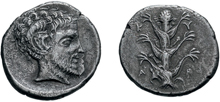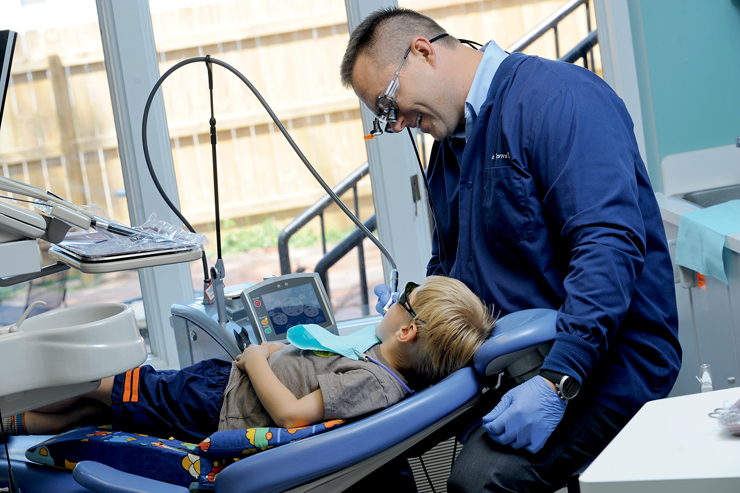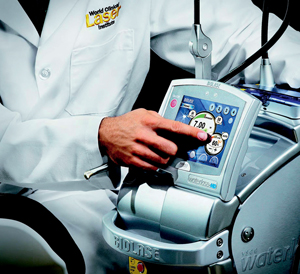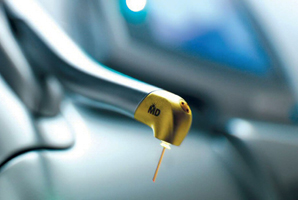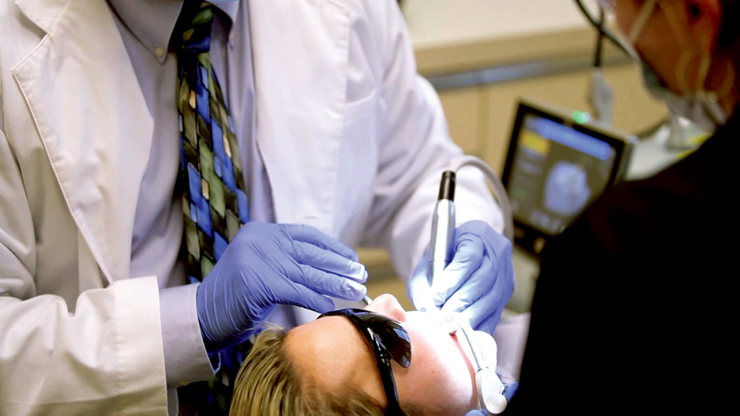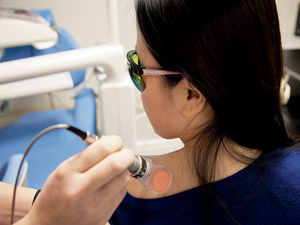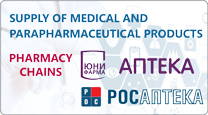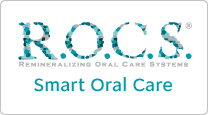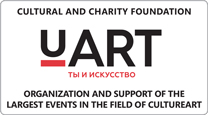Peaceful Laser
Text: Artur Toporkov
|
|
Laser printing, cameras on the roads, a computer mouse, finally, a cat chasing a laser pointer… We come across lasers every day. However, how all this could be known to Pliny in the first century AD?
|
Diode lasers are used as a surgical scalpel |
Meanwhile the quote is genuine. Although referring to a
laser, the ancient writer meant an ordinary plant. Well, not quite
ordinary. In the wild, it was found on territory of modern Libya, not
succumbing to “taming” and literally costing its weight of gold. The
reason for this was its almost miraculous properties. Laser treated almost
everything, from common cold to virus diseases; it was used as
a universal antidote and a refined seasoning. However,
in 100 years after the “advertising campaign” launched by Pliny, the
laser plant went extinct and for a long time was considered a lost
treasure
Ironically, the abbreviation, which gave the name to the new promising technology, coincided with the name of that miraculous plant. LASER is an acronym for “light amplification by stimulated emission of radiation”. In other words, it is an optical quantum generator. For those not too knowledgeable in physics this does not sound very clear, but the laser is rightfully considered one of the most important scientific inventions of the XX century. Today it is used almost everywhere.
|
Silphium or laser, Umbelliferae plant minted on the reverse of antique coin dated V century BC. Silphium was the most important item of export for the ancient city of Cyrene. It was depicted on Cyrenian coins and was the only tribute the inhabitants paid to the Romans
|
Naturally, like in the case of any breakthrough technology, the largest countries in the world first tried to adapt it to the needs of their armies. Famous science fiction writers also could not ignore the spectacular novelty. The latter, fortunately, are in the lead as the most successful example of laser weap ons remains the Imperial cruiser from the Star Wars.
In this case, the methods of using the laser for peaceful purposes are developing in the most rapid manner, and medicine in this competition is ahead of the whole planet. Laser scalpel or laser cosmetology will surprise no one nowadays. And in dentistry the use of lasers resulted in the technological leap similar to the one between the first flight of the Wright brothers' plane in 1903 and first launch of the rocket in space in 1957. By the way, it took almost as much time.
|
In Russia the advanced dentistry lasers appeared over 12 years ago thanks to UNIDENT |
|
Technologies become more complex, while their control becomes easier |
Attempts to adapt the laser for dental treatment went on since 1964, but gave no successful immediate result. Powerful radiation from instruments built with the use of artificial ruby crystals led to charring of tissues, which negated any theoretical advantages of their application.
Early 1990s saw a breakthrough made by American company Biolase, which allowed it by now to establish itself in the position of the unconditional leader on the world market of dental lasers. A part of the team that led the company to such results was the Russian scientist Dmitri Butusov.
Without going into nuances of optics and quantum physics, Biolase engineers were the first who decided to use erbium crystals as an emitter, which in turn, has allowed to produce a stream of light with a wavelength that is safe for solid tissue.
|
Laser tip looks just like a common dentist drill, but this is just an appearance |
In other words, it is simply impossible to damage a healthy tooth with such a laser. But to remove caries with surgical precision is easy!
The principle of operation is very simple. The ray excites and evaporates water on cellular level. But healthy tooth tissues contain much less (by an order of magnitude) water than damaged ones. Therefore, by tuning the instrument to work with the latter (i.e., simply by pressing the “caries” on touch screen), the dentist can affect only the damaged part of the tooth. And caries literally evaporates! Now this is a truly space age technology. However, the magic caries removal is just one and not the most obvious example of the advantages of laser dentistry.
|
It is simply impossible to damage healthy tooth tissue with the laser |
|
Dentistry lasers are used for physical therapy and the treatment of joints |
There is a joke: “The queue in the dentist's office. The noise of the drill is suddenly interrupted by infernal cries and screams. A bloody patient exits in a minute. The queue, alarmed: “Is it really so painful?” The patient, spitting out a bitten finger from his mouth: — “Of course”. Every joke has some truth in it. Even for an adult with healthy nerves the drill causes, to put it mildly, anxiety. Painful or not — it is a question that worries each and every patient of a dental clinic.
Laser causes no pain. The drill, of course, is also painless nowadays (thanks to modern means of anesthesia) — but its shrill howl doesn't do much to help you relax. The idea that the drill bores into your head at a speed of several thousand revolutions per second is also not relaxing. Laser has no negative associations at all. The doctor shone a flashlight in your mouth — and that's it. What if you are not going to the doctor yourself, but accompanying your child? What procedure will be easier for you to convince the child to participate in?
|
For children, laser treatment is similar to adventure.
Thank you, |
No less important aspect is the level of surface sterilization that cannot be achieved in other ways. Elementary and almost the most common example is the cleaning of the tooth canal. Previously, this procedure required washing with special formulations. However, the problem in that the majority of pathogenic bacteria is in microscopic branches of canals and washing them from there is impossible. If you have cleaned the canal and sealed it, then, by statistics, in one of the three cases you will come again to treat the same tooth. Laser radiation permeates healthy tooth tissues and kills bacteria with guarantee.
Another important advantage is the bloodlessness of operations on soft tissues, whether pruning of the frenum of the tongue or correction of the gum line. First, doing this with the use of laser is easier to a doctor than using a traditional scalpel. Secondly, the laser provides a much higher level of sterility and essentially accelerates the operation itself. Blood under the influence of radiation is coagulated, and tissues come to norm. A simple example is restoration of the tooth with correction of gums. Previously, it required several visits to the doctor. During the first visit the gum was pruned, after which it healed a couple of weeks, causing inconvenience to the patient. On the second visit the doctor began to work with the tooth itself, which could stretch out to one or two sessions. Modern dental laser allows you to undergo all the stages of restoration during a single visit. And you do not have to waste time, nerves, or money on it.
Back

 “ The laser is one of the most
wonderful gifts of nature, it has many uses”
“ The laser is one of the most
wonderful gifts of nature, it has many uses”

